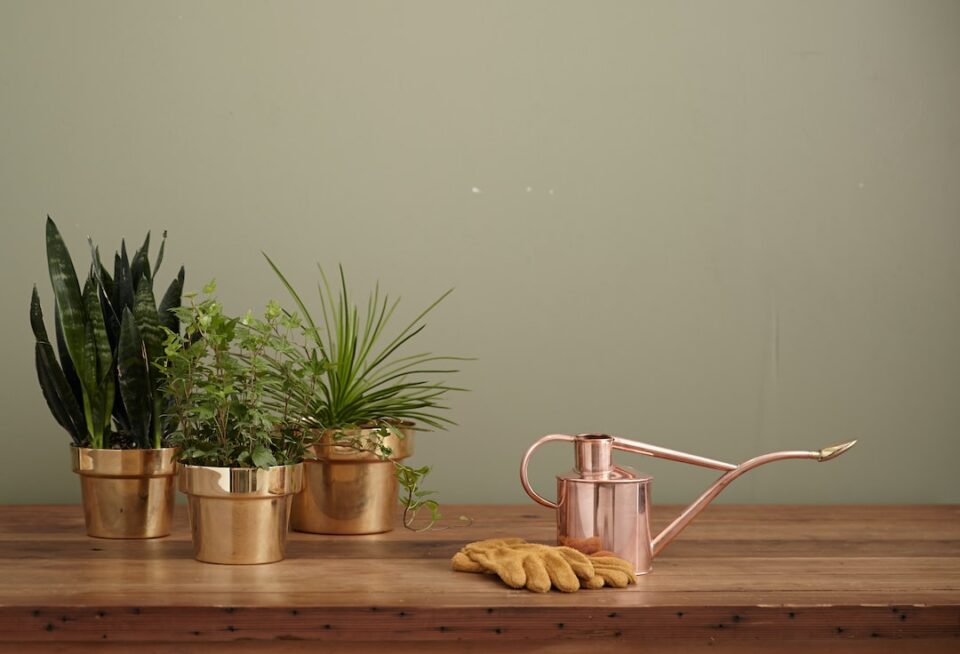Are you looking to add a touch of beauty and functionality to your garden? Building a raised bed for your plants is a fantastic DIY project that can transform the look and productivity of your outdoor space. Whether you have limited gardening space or simply want to enhance your existing garden, creating a raised bed is a practical and visually appealing solution. In this blog post, we will explore the benefits of building your own raised bed and provide you with a step-by-step guide to get started on this exciting project.
One of the major advantages of a raised bed is the control it gives you over the quality of your soil. By creating your own raised bed, you can choose the type of soil that best suits your plants and amend it to provide optimal nutrition. This control can be particularly beneficial if you live in an area with poor soil quality. Additionally, raised beds tend to have better drainage than traditional garden beds, preventing waterlogged soil and root rot.
Another benefit of building a raised bed is the ease of maintenance. As the bed is raised off the ground, it eliminates the need for excessive bending and kneeling, making it more accessible for individuals with mobility issues. Weeding and harvesting become much simpler tasks with a raised bed, as the plants are elevated to a level where they are easier to reach. This convenience will save you time and effort in the long run.
Now that you’re convinced of the advantages, let’s dive into the step-by-step process of building your own raised bed. First, determine the location and size of your bed. Consider the sunlight requirements of your plants and ensure the bed will receive adequate exposure. Then, mark out the area using stakes and string, outlining the boundaries of the raised bed.
Next, gather your materials. You will need untreated lumber, preferably cedar or redwood, as they are naturally resistant to rot. Cut the lumber into appropriate lengths depending on the size of your bed, ensuring that the boards fit together securely. Use screws or nails to join the boards at the corners, creating a rectangular shape. If desired, you can double layer the boards for extra durability.
After assembling the frame, position it within the marked area. Level the ground underneath and ensure the frame sits flush on the surface. Use a shovel to remove any excess soil or grass that may interfere with the bed’s stability.
Now it’s time to fill your raised bed with soil. You can use a combination of garden soil, compost, and organic matter such as peat moss or vermiculite to create a nutrient-rich mixture. Fill the bed to the desired height, leaving a few inches of space at the top for watering.
Finally, it’s time to plant! Choose your favorite flowers, herbs, or vegetables and start planting them in your raised bed. Remember to space them appropriately to allow for their growth and proper air circulation.
As your plants flourish in their new raised bed, you will be rewarded with a visually stunning garden and a bountiful harvest. Building your own raised bed is not only a practical DIY project but also a creative outlet that allows you to design and customize your garden space. So grab your tools and start creating your very own raised bed – your plants will thank you!


